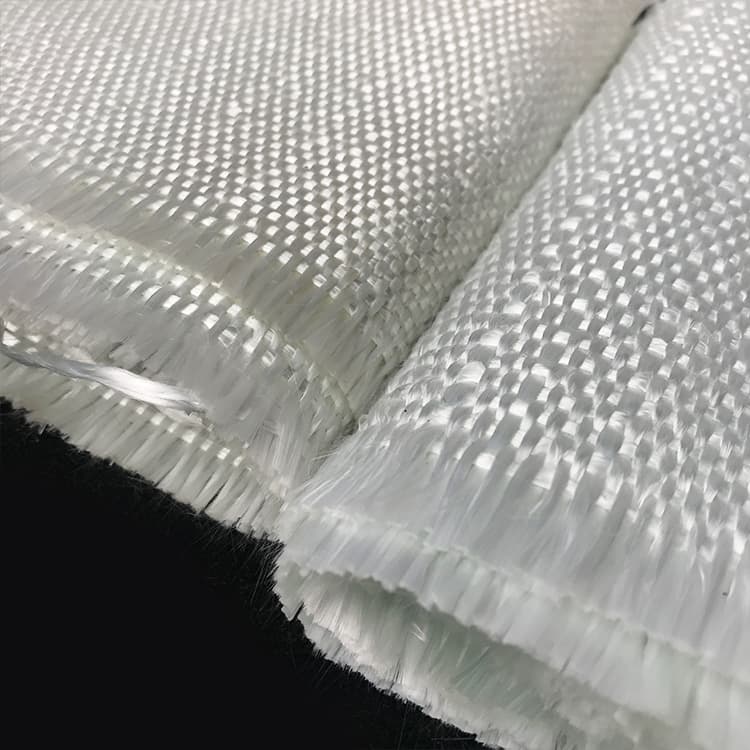Glass fiber cloth is key for making lightweight composite materials. It has high tensile strength, heat resistance, electrical insulation, and corrosion resistance. The following is the production process for glass fiber cloth.
 Firstly, the preparation of glass fibers is a key step in the production of glass fiber cloth. The process to prepare glass fibers includes five steps. They are: raw material prep, slurry prep, fiber formation, fiber twisting, and fiber wetting.
Firstly, the preparation of glass fibers is a key step in the production of glass fiber cloth. The process to prepare glass fibers includes five steps. They are: raw material prep, slurry prep, fiber formation, fiber twisting, and fiber wetting.
Raw material preparation
It mainly involves crushing, screening, and mixing glass. The goal is to get glass particles that meet the requirements.
Slurry preparation
Add glass particles to the slurry tank. Mix and stir them with a fine colloidal solution. Control the slurry’s viscosity and pH to keep it stable.
Fiber formation
The glass fiber production line draws out the slurry. It sprays through a fast, spinning spinneret head. A hot gas flow pushes it out. This disperses the slurry into the air and forms fibers.
Fiber twisting
The workers stretch and pull the formed fibers. This elongates and twists them. It improves their strength and stability.
Fiber wetting
A coating machine treats the twisted fibers. It adds lubricants and adhesives to form a uniform protective layer. This improves the fibers’ softness and corrosion resistance.
Next, we will discuss the weaving, finishing, and post-finishing of glass fiber cloth.
Weaving
The weaving process involves using a loom to weave coated fibers into a fabric. Weaving has two steps: threading the warp and weft yarns, then weaving. To thread the warp and weft yarns, follow these steps. First, interlace the yarns. This creates a mesh structure. Weaving is the process of interlacing the warp and weft yarns. It uses a loom to make a fabric from fibers.
Finishing
The finishing process involves processing the woven fabric. This includes heat setting, shrinking, ironing, and inspecting. Heat setting is the process of heating the fiber fabric. It sets its shape and improves the fibers’ uniformity and stability. Shrinking is the process of tightening a fabric’s fibers. It makes them stronger and more stable. Ironing flattens and corrects fabric fibers. It meets size and quality standards. Inspection is the process of checking the finished fabric’s quality. It includes checking its dryness, uniformity, and fiber breakage.
Post-finishing
The post-finishing process involves further work on the finished fiber fabric. It includes winding, packaging, and storage. Winding is the process of winding the fiber fabric to set lengths for easy transport and use. Packaging is the process of packing and labeling the wound fiber fabric. It ensures its safety and integrity during storage and transport. Storage is the process of storing the packaged fiber fabric in a dry, ventilated warehouse. This prevents damage from moisture or other sources.
In summary, making glass fiber cloth involves several steps. They are: preparing, twisting, wetting, weaving, finishing, and post-finishing the glass fibers. Each step requires scientific and meticulous operation to get high-quality glass fiber cloth. Making glass fiber cloth requires knowledge of textile technology. It also needs a deep understanding of fiber materials. This ensures the quality and performance of the final product.
 Hongwo Thermal Insulation Material
Hongwo Thermal Insulation Material

Scan the QR Code to start a WhatsApp chat with us.